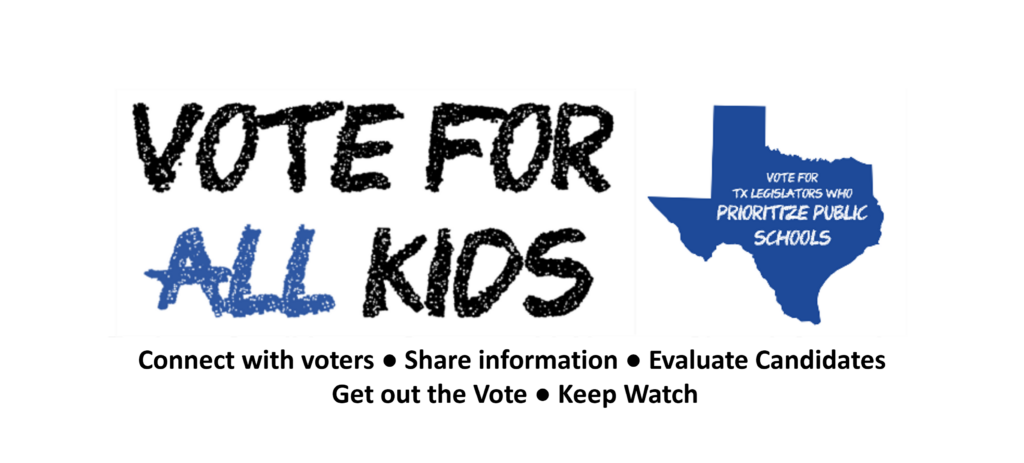Summary: Senate Bill 2 – School Vouchers
Status
SB2: Relating to the establishment of an education savings account program.
- 2.5.25 – Passed in the Senate, sent to the House
- 1.24.25 – Filed, 89th Session of the Texas Legislature.
Summary of Bill
(This is my summary as I understand the bill. I am not a legal scholar. If you see something you think I have misinterpreted, or something that needs to be corrected, please let me know! – ABT)
How much money per participant?
- Base amount: $2,000. It looks like this would be for homeschoolers or students going to an uncertified private school. $500 additional available if the child is homeschooled and disabled.
- If the student is enrolled in an accredited private school recognized by the Texas Private School Accreditation Commission or the Texas Education Agency (TEA) then the amounts available are: $10,000 per child or $11,500 per child if the child has a disability.
- Not considered taxable income.
What children would be eligible?
- Basically, any child who would be eligible to attend public school is eligible to participate in the program, subject to available funding.
- Students are eligible until they either enroll in a public school or graduate from high school.
- Children of statewide elected officials are not eligible.
What happens if there are insufficient funds for all of the applications?
- Slots will be filled by lottery.
- First priority for up to 80% of the available slots will be for children who attended public school the previous year and are either (a) low-income or (b) have a disability. (In other words, not children who are already in private school.)
- “Low-income” according to this bill would be students from families with a household income at or below 500% of the federal poverty guidelines. As a point of reference, the definition of “low-income” for the free or reduced lunch program, and most other public school related programs is 150% of the federal poverty guideline.
Parent responsibilities:
- Program money may only be spent on education.
- May not sell anything purchased with program money.
- Make sure their students participate annually in a “nationally norm-referenced assessment instrument” (does not have to be the STAAR test) and make the results available to the state.
Approved Educational Vendors
- The comptroller will approve educational vendors who may participate in the program, including tutors, therapists, teaching services, private schools, institutions of higher learning, and even public schools who can prove that the children being served are not being counted toward average daily attendance.
- The only requirement specifically listed for private schools is that must demonstrate that they annually administer a “nationally norm-referenced assessment instrument” or other appropriate assessment. (Does not have to be the STAAR test.)
- All vendors must operate in state.
Approved education-related expenses
- Tuition and school fees (private school, higher education provider, program that provides training for an industry-based credential)
- Textbooks and instructional materials
- Uniforms
- Computer hardware, software, other technology – not to exceed more than 10% of the total amount paid into the student’s account
- Costs related to assessments
- Private tutoring/Teaching service
- Transportation to and from education provided by a fee-for-service transportation provide.
- Educational therapy if not paid for by CHIP, Medicaid or similar government program
- May NOT be used to pay any relative of the participant (to the third degree).
- May NOT be used for online or virtual services
- May NOT be used for services provided by a campus in another state
Special education notice:
- Vendors must provide to each applicant a notice that says they are not required to provide special education or disability services in the same way that public schools are required to provide such services.
The state may not adopt rules that:
- Limit or impose requirements contrary to the religious or institutional values of the education vendor,
- Determine methods or curriculum to be used,
- Determine admissions and enrollment policies and practices.
Where would the money come from?
- It would be an account in the general revenue fund.
How would people find out about the program?
- The comptroller would use money from the fund to hire people to market and advertise the program.
How would the program be administered?
- The comptroller would use money from the fund to hire up to five “Certified Education Assistance Organizations” (EAO) to administer the program including processing applications, helping program participants find approved “educational vendors,” and to make sure the money is spent only for educational purposes.
- Up to 3% of the money appropriated for the program may be used for administrative purposes.
Reporting:
Each EAO must prepare reports including among other things:
- Number of participants
- Demographics
- Satisfaction with program
- Expenses/savings related to the program
- College/Career/Military readiness of participants.
Background checks:
- Comptroller is allowed to seek background checks on employees of educational vendors
Effective date:
- Act would go into effect September 1, 2025.
Let your elected officials know what you think!
TX Senate District 22 – Brian Birdwell.
- Click here to e-mail the Office of Senator Brian Birdwell
- Telephone: (512) 463-0122
TX House District 56 – Pat Curry
- Click here to email the Office of Representative Pat Curry
- Austin Telephone : (512) 463-0135
TX House District 13 – Angelia Orr
- Click here to email the Office of Representative Angelia Orr
- Austin telephone: (512) 463-0600
- Hillsboro telephone: (254) 580-9008
